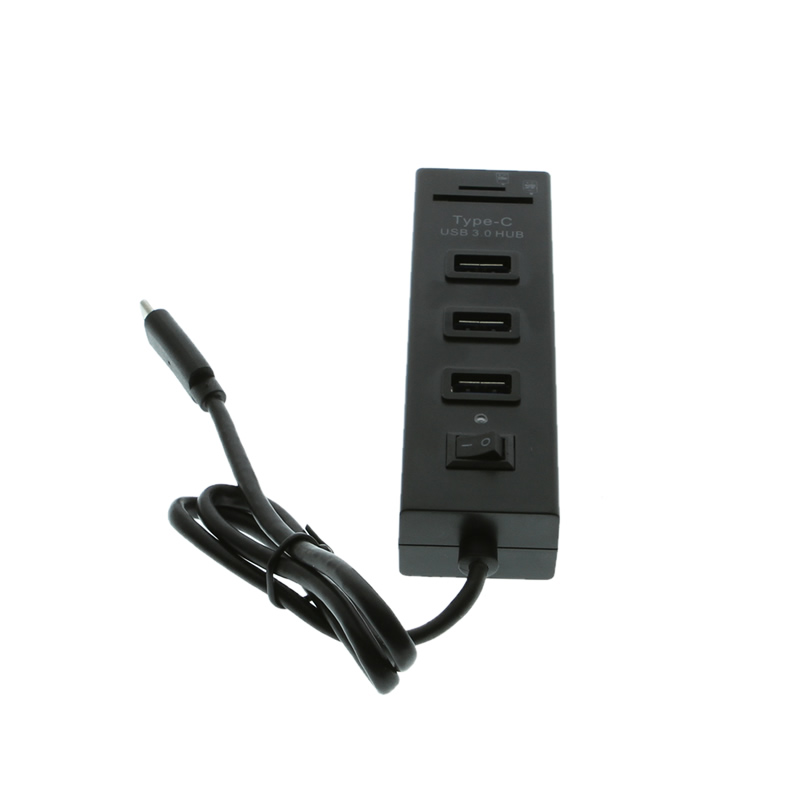Mac Os X Serial Port Terminal Program
How to Use Telnet on Mac OS X Mac os x serial port terminal. Telnet is a useful application that's been around for decades. Asesinato En El Canadian Express Pdf Gratis more. You can use it to connect to remote. Just for the records, i could successfully install the driver and use the USB-Serial adapter on Mac OS v10 Mac os x usb serial port terminal. 2 (Mountain Lion).

You'll need to get a usb-serial adapter and then connect with a console cable. Adapters aren't very expensive.
Candy Crush Saga Game Download For Blackberry Curve. Connecting to the Console Port with Mac OS X To connect a Mac OS X system USB port to the console using the built-in OS X Terminal utility, follow these steps: Step 1 Use the Finder to go to Applications >Utilities >Terminal. Step 2 Connect the OS X USB port to the router. Step 3 Enter the following commands to find the OS X USB port number: macbook:user$ cd /dev macbook:user$ ls -ltr /dev/*usb* crw-rw-rw- 1 root wheel 9, 66 Apr 1 16:46 tty.usbmodem1a21 DT-macbook:dev user$ Step 4 Connect to the USB port with the following command followed by the router USB port speed: macbook:user$ screen /dev/tty.usbmodem1a21 9600 To Disconnect the OS X USB Console from the Terminal Window Enter Ctrl+A followed by Ctrl+ Hth, John Sent from Cisco Technical Support iPhone App. There's a new Mac app called available on the App Store.
Full disclosure- I wrote it. We got tired of having to find and install drivers for different serial adapters and devices we have here in order to administer Cisco switches, so we wrote our own terminal that uses its own built-in drivers for the most common chipsets available. There's a free demo available. Also, as of Mac OS X 10.9, Apple began shipping their own FTDI driver.
So, if you're using a USB-serial adapter that uses the FTDI chipset (many of the higher-end adapters do), you don't need to worry about installing drivers and can use the built-in screen command in the Terminal to access serial ports. You'll need to get a usb-serial adapter and then connect with a console cable. Adapters aren't very expensive. Connecting to the Console Port with Mac OS X To connect a Mac OS X system USB port to the console using the built-in OS X Terminal utility, follow these steps: Step 1 Use the Finder to go to Applications >Utilities >Terminal. Step 2 Connect the OS X USB port to the router. Step 3 Enter the following commands to find the OS X USB port number: macbook:user$ cd /dev macbook:user$ ls -ltr /dev/*usb* crw-rw-rw- 1 root wheel 9, 66 Apr 1 16:46 tty.usbmodem1a21 DT-macbook:dev user$ Step 4 Connect to the USB port with the following command followed by the router USB port speed: macbook:user$ screen /dev/tty.usbmodem1a21 9600 To Disconnect the OS X USB Console from the Terminal Window Enter Ctrl+A followed by Ctrl+ Hth, John Sent from Cisco Technical Support iPhone App.
Hi, hope someone still answer my question, i have installed the drivers and was able to see the the tty.usb from my mac terminal, i can also connect properly. My problem is that when i issue a command through console, it freeze up after a few lines of output. It will not let me continue and i have to exit 'screen' and run it to gain access. Even if i use other terminal application, results are the same. Am i missing something or do i have to configure something on my terminal app? TIA for those who will answer.
There's a new Mac app called available on the App Store. Full disclosure- I wrote it. We got tired of having to find and install drivers for different serial adapters and devices we have here in order to administer Cisco switches, so we wrote our own terminal that uses its own built-in drivers for the most common chipsets available. There's a free demo available.
Also, as of Mac OS X 10.9, Apple began shipping their own FTDI driver. So, if you're using a USB-serial adapter that uses the FTDI chipset (many of the higher-end adapters do), you don't need to worry about installing drivers and can use the built-in screen command in the Terminal to access serial ports.
OS X Serial Port Apps Having installed for our USB-serial adapter, we also need to install some terminal emulation software before we can connect to anything. The following Mac OS X GUI applications are available: If you're looking for a 'commands line' app, there's (built-in). If you can't find a driver for your adapter (eg, Belkin), try which has built-in support for most (if not all) USB-Serial adapters. If you have trouble installing any of the following (or any other program) with an 'unidentified developer' error, goto: System Preferences >Secrity & Privacy >General and click on. Then try again. Serial is a great Terminal Emulation Program with built-in driver support for most common USB to serial devices. So, if you can't find an OS X driver for your adapter (eg, Belkin), give a try - available from the.
Other features include full ANSI/VT100 terminal emulation, break-sequence support (for Cisco, etc), a line-buffered or immediate send mode, and much more. It also doesn't crash if you prematurely unplug the adapter! Serial is highly recommended! Is a well known terminal emulation program thats been around for years, updated for Intel Macs. It supports VT100 emulation, which means it sorta kinda works with Meridian Mail (Function keys on a MacBook: fn + f-key). To configure, open Settings >Modem Preferences and select your USB-Serial device as the default modem (Serial Port).
Then edit your connection in Settings >Connection. Remember to connect the USB-Serial cable before launching ZTerm. The following pictures explain the steps: goSerial.